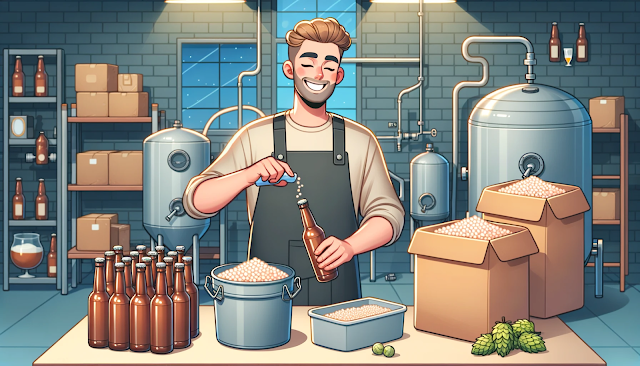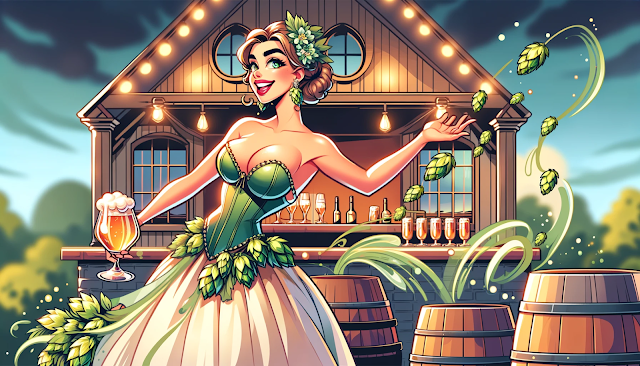Carbonation drops are a convenient and precise way to add sugar to your beer bottles before capping, ensuring proper carbonation during the bottle-conditioning phase. These drops eliminate the need for measuring out priming sugar and mixing it with the beer before bottling.
What are Carbonation Drops?
Carbonation drops are pre-measured pellets or tablets made from sugar, typically dextrose or a blend of sugars. They dissolve in the beer during the conditioning phase, providing the necessary sugars for the residual yeast to consume and produce carbon dioxide, which carbonates the beer.
Benefits of Using Carbonation Drops
- Consistency: Every bottle gets the exact amount of sugar it needs.
- Convenience: Eliminates the process of boiling and cooling priming sugar.
- Reduced Risk of Oxidation: Minimizes the disturbance of the beer during bottling.
How to Use Carbonation Drops
Clean and Sanitize: Always ensure that your bottles and caps are clean and sanitized before bottling.
Add the Drop: Place one carbonation drop into each bottle. The standard recommendation is:
- One drop for a 12 oz (355 ml) bottle.
- Two drops for a 22 oz (650 ml) or 750 ml bottle.
Fill Your Bottles: Using a bottle filler, fill your beer bottles, leaving about an inch of headspace at the top.
Cap the Bottles: Seal the bottles using a bottle capper.
Condition: Store the bottles in a dark, cool place for at least two weeks. The yeast will consume the sugar from the carbonation drops and produce CO2, carbonating the beer.
Test Carbonation: After two weeks, open a bottle to test the carbonation level. If it's to your liking, you can start chilling and enjoying your beer. If not, allow it to condition for another week and test again.
Tips and Considerations
Storage: Store carbonation drops in a cool, dry place to prevent them from sticking together or melting.
Alternative Sugars: While dextrose is the most common sugar used in carbonation drops, some drops might contain a blend of sugars. Always check the ingredients if you have specific preferences.
Over-carbonation: Be cautious not to use more drops than recommended, as this can lead to over-carbonation and potentially burst bottles.
Beer Styles: The amount of carbonation desired can vary based on beer style. For example, IPAs and stouts might require different carbonation levels. Adjust the number of drops accordingly, but always ensure you're within safe limits to avoid over-carbonation.
Conclusion
Carbonation drops offer homebrewers an easy and consistent method for priming beer bottles. They ensure that each bottle gets the right amount of sugar, leading to consistent carbonation across the batch. As with any brewing process, cleanliness and attention to detail are crucial.
Enjoy the fizz and sparkle that these drops bring to your homebrewed creations!





